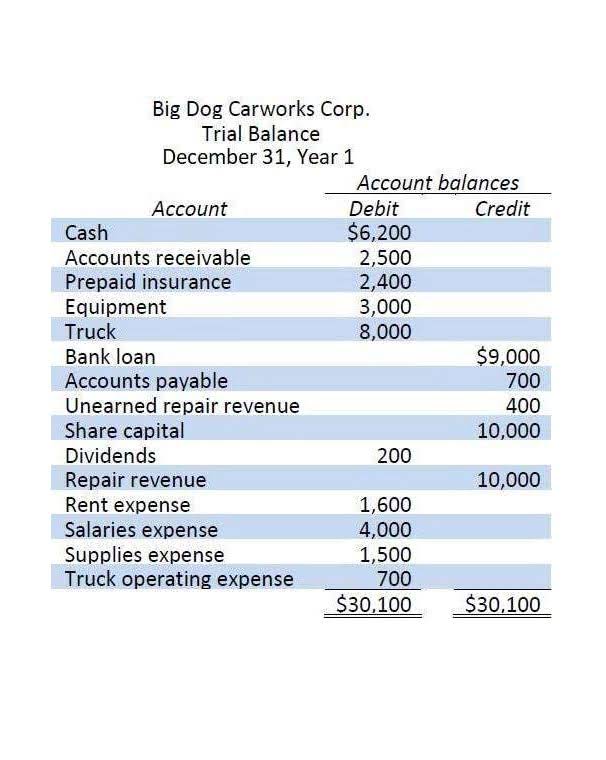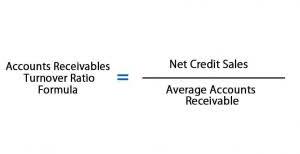Break-even point BEP: What it is and how to calculate it

A higher contribution reduces the number of units needed to break even because each unit contributes more towards covering fixed costs. Conversely, a lower contribution margin increases the breakeven point, requiring more units to be sold to cover fixed costs. They will need to sell $2.7 in product in order to cover their fixed costs.
How Do You Calculate a Breakeven Point?

They can even leave some room for error—that way, when emergency expenses pop up without warning on financial statements, it won’t lead to chaos for the accounting department. Even the smallest expenses can add up over time, and if companies aren’t keeping tabs on these costs, it can lead to major https://www.bookstime.com/ surprises down the road. Sales below the break-even point mean a loss, while any sales made above the break-even point lead to profits. In conclusion, just like the output for the goal seek approach in Excel, the implied units needed to be sold for the company to break even come out to 5k.
Improve your sales process
In addition to manufacturing costs, other expenses that could rise include warehouse rent, staff salary hikes, or increasing utility bills. In accounting terms, it refers to the production level at which total production revenue equals total production costs. In investing, the breakeven point is the point at which the original cost equals the market price. Meanwhile, the breakeven point in options trading occurs when the market price of an underlying asset reaches the level at which a buyer will not incur a loss. Simply Business has fixed costs (lease, salaries, taxes) equal to $60,000. Their variable costs to produce the gadget (raw material, factory labour, sales commissions) are $0.80 per unit.
- In other words, it’s where total expenses and total revenue balance out.
- Fixed expenses are often divided by the gross profit margin to get the breakeven point in a company.
- Successful business leaders know that calculating their break-even point is crucial for any business plan, as it is effectively an enterprise’s “make or break” formula.
- For example, semi-variable costs, which have both fixed and variable components, can complicate the accuracy of the breakeven calculation which then changes the breakeven point in units.
- A breakeven point calculation is often done by also including the costs of any fees, commissions, taxes, and in some cases, the effects of inflation.
- And as a result, you can take control of the elements that hinder you to break-even and also find ways to increase your profit margins.
- That way, companies can increase their sales win rate without the risk of losing money.
Relation between contribution margin & break-even point
Which level you use really depends on whether you just want to understand the profitability of a single product or your entire business. This method only works if buyers are not particularly sensitive to price, i.e. when the business is established as a high-quality provider. This approach can be risky as your customers could go elsewhere if this strategy is not correctly implemented. When understanding the work required to break even, a company can set significant revenue targets while perfecting its business strategy.
- For this reason, reducing business-specific risks whilst selling a product or service at a price that meets market levels is a company’s true foundation.
- In investing, the breakeven point is the point at which the original cost equals the market price.
- Nonetheless, the break-even point should be calculated accurately and consider the overall company finances.
- In options trading, the break-even price is the price in the asset at which investors can choose to exercise or dispose of the contract without incurring a loss.
- The following break-even point analysis formulas will help you get there.
- The breakeven point would equal the $10 premium plus the $100 strike price, or $110.
- Fixed costs do not change, no matter how many units you sell of a certain product.

As we can see from the sensitivity table, the company operates at a loss until it begins to sell products in quantities in excess of 5k. For instance, if the company sells 5.5k products, its net profit is $5k. The financial accounts of a company include the data needed to compute its BEP. The fixed expenses and the gross margin % are the first pieces of information needed. Calculating the breakeven point (BEP) could be essential for many reasons, including profitability, investing, financing, and more.
Factors That Increase a Company’s Break Even Point

But this type of analysis also has a wide range of benefits that can help companies make data-driven, forward-thinking business decisions. Break-even analysis is often a component of sensitivity analysis and scenario analysis performed in financial modeling. Using Goal Seek in Excel, an analyst can backsolve how many units need bep definition to be sold, at what price, and at what cost to break even. Upon doing so, the number of units sold cell changes to 5,000, and our net profit is equal to zero. A breakeven point identifies the price, yield, profit, or other statistics that must be reached to avoid a loss or recoup an original investment in a business or project.
- Calculating the breakeven point (BEP) could be essential for many reasons, including profitability, investing, financing, and more.
- Their variable costs to produce the gadget (raw material, factory labour, sales commissions) are $0.80 per unit.
- In conclusion, just like the output for the goal seek approach in Excel, the implied units needed to be sold for the company to break even come out to 5k.
- Unlocking financial success begins with the mastery of break even analysis.
- Our work has been directly cited by organizations including Entrepreneur, Business Insider, Investopedia, Forbes, CNBC, and many others.
Ask Any Financial Question
The company’s variable cost per vacuum is $50, and these vacuums sell for $200 each. The contribution margin is available to the company so that it can cover its fixed costs. This means that the higher the contribution margin, the more fixed costs will be covered by the generated revenue. The contribution margin is thus a deciding factor for determining the break-even point.
- Either option can reduce the break-even point so the business need not sell as many tables as before, and could still pay fixed costs.
- For business owners and investors, data from the BEP of the business in operation is critical.
- A good sales process is the foundation of any successful sales organization.
- If you ignore this, the BEP value calculation is very likely to fail.
The breakeven formula for a business provides a dollar figure that is needed to break even. This can be converted into units by calculating the contribution margin (unit sale price less variable costs). Dividing the fixed costs by the contribution margin will reveal how many units are needed to break even. The breakeven formula provides a dollar figure they need to breakeven. Dividing the fixed costs by the contribution margin will provide how many units are needed to breakeven. In contrast to fixed costs, variable costs increase (or decrease) based on the number of units sold.
important sales statistics for 2023
This makes the calculation a bit more complicated as the BeP cannot be represented in individual unit amounts. Ultimately, the products’ prices and variable costs reach various levels, and the BeP for each product has a different unit volume. In cases like these, the BeP is therefore specified as the minimum turnover that the company must achieve with all its products. With this multi-product analysis, the factor by which each product contributes to the coverage of fixed costs must first be calculated. From the factors of all products, a standard factor will be determined by which fixed costs will be divided. The result is the total turnover that must be generated in order to break even.









